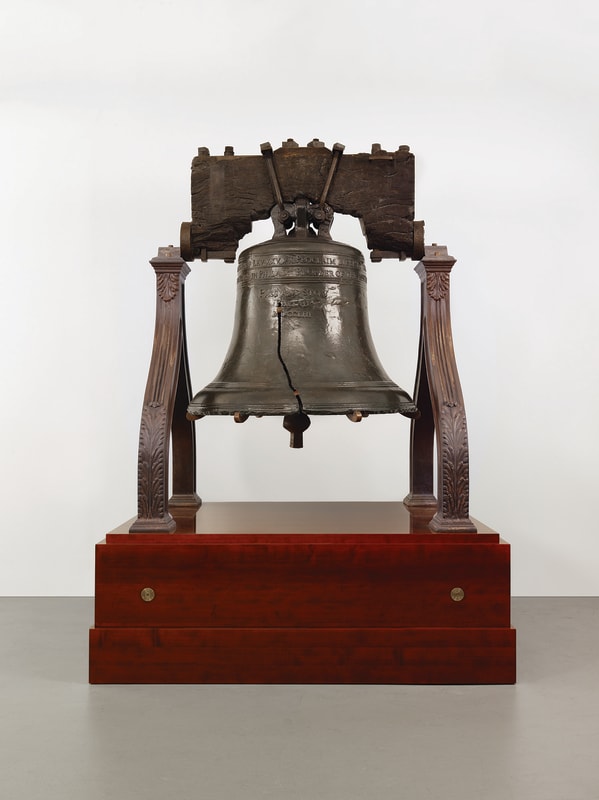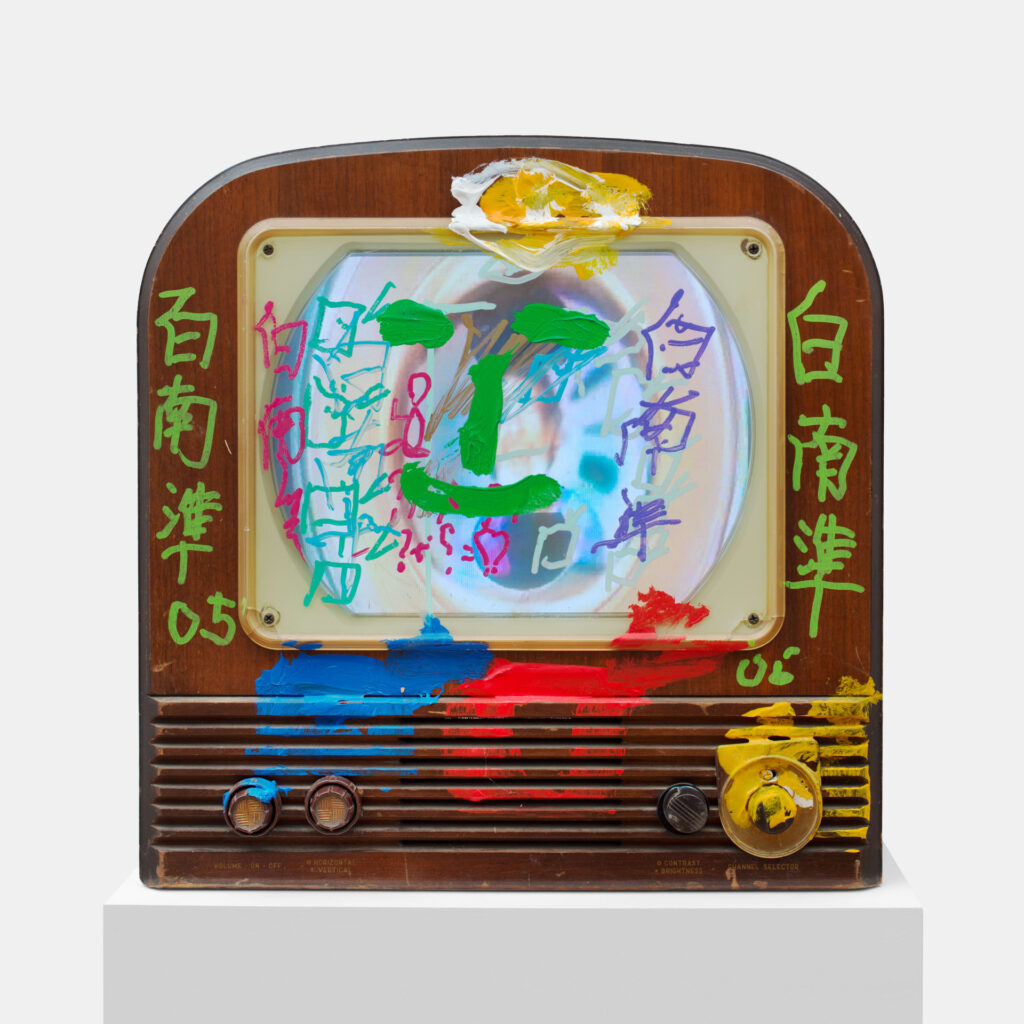
Gagosian presents some of the gallery’s most esteemed artists who have introduced aesthetic innovations in art, including Helen Frankenthaler, Theaster Gates, Andreas Gursky, Damien Hirst, Jeff Koons, Nam June Paik, and Rachel Whiteread.
Throughout history, mavericks, innovators, and disruptors have forged new ground in ways previously unforeseen. Pioneers in the field of art have engaged in various strategies: some introduce new working materials or processes, while others develop inventive conceptual reconfigurations of the art object or new sociopolitical approaches. What links the diversity of such projects is the commitment to pushing aesthetics, art discourse, and the creative process forward into original and uncharted territories.
For Art Basel’s inaugural OVR: Pioneers, Gagosian presents the work of a group of artists who exemplify this year’s theme in divergent but consistently innovative ways. Helen Frankenthaler greatly influenced later generations of artists seeking new working approaches to established artistic materials with the introduction in the early 1950s of her soak-stain technique—in which thinned oil, and later acrylic, paints were poured onto canvas placed directly on the studio floor to create floating fields of color. Along with his embrace of cutting-edge video and broadcast technologies, Nam June Paik’s preoccupation with avant-garde music composition, performance, and robotics foreshadowed their prevalence in contemporary art. With his exhilarating large-format tableaux of both landscapes and human-built environments, Andreas Gursky’s prescient photographic practice expanded the artistic possibilities of the medium by using montage and digital manipulation to call attention to the frictions between documentation and representation.
Other artists featured in this online presentation have initiated new conceptual and sociopolitical approaches to the art object. In his diverse and interdisciplinary oeuvre, Theaster Gates has brought social practice to bear on the making of objects for aesthetic contemplation. In his Civil Tapestries (2011–) series, he uses salvaged fire hoses to produce historically charged works that point to the Black American struggle during the Civil Rights movement. Gates’s work exchanges and recharges objects and ideas, proposing the artwork as a communicating vessel of recollected histories and shared experience.
Beginning with his breakout series Inflatables (1978–79), Jeff Koons has continually probed the boundaries of art, calling attention to the intersections between consumer fetishism, desire, authorship, and celebrity. In so doing, he has subverted established conventions of value and taste and developed fresh, reinvigorated approaches to the readymade. Rachel Whiteread’s cast sculptures of domestic furniture and architectural environments map the relationship between positive and negative space. Her work materializes novel perspectives on familiar, quotidian objects, provoking the viewer to see the world in its inverse. And since his introduction onto the international art stage in the late 1980s, Damien Hirst has continually disrupted, expanded, and redefined the values and aesthetics of art practice. His medicine cabinets in particular brought questions about life, the body, and regeneration into a contemporary Pop aesthetic by integrating modern forms of desired commodities in consumer culture, such as prescription pills and other curative substances.







